Deck & Commander Strategies
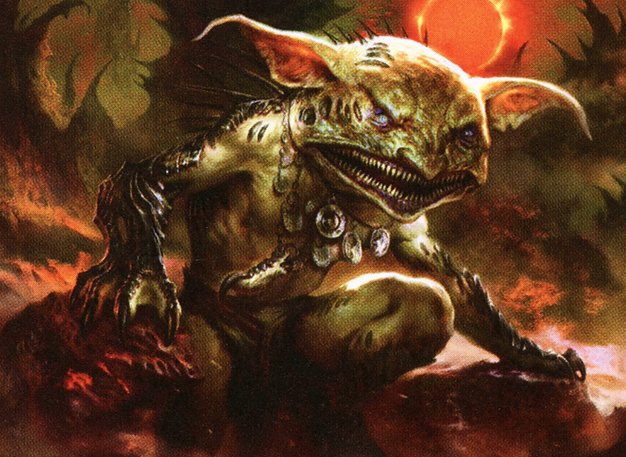
Krark, the Thumbless
Focuses on spellcasting and artifact synergy, aiming to generate value through random spell effects and leveraging treasures to fuel aggressive plays and storm combos.
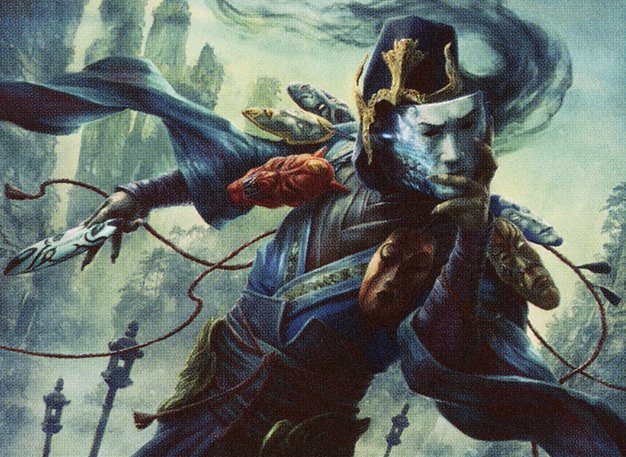
Sakashima of a Thousand Faces
Utilizes cloning effects to copy key creatures and maximize value from enter-the-battlefield triggers, combined with card draw and disruption to control the game.

Yuriko, the Tiger's Shadow
A ninja tribal deck that draws cards and deals damage through evasive ninjas and ninjutsu triggers, aiming to flip Yuriko for a powerful damage burst and card advantage.
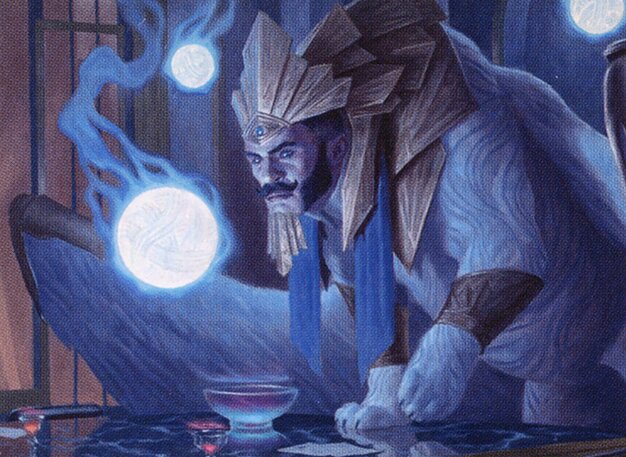
Tivit, Seller of Secrets
Relies on artifacts and spells to control the board, generate treasures, and disrupt opponents, using artifact synergies to gain incremental advantages and storm interactions.
Gameplay Insights
- 1
Repeated use of Kessig Wolf Run with Kessig Wolf Run probes causes significant life loss but fuels card draw and provides a critical advantage in resource accumulation.
- 2
Guff Rewrites History acts as a powerful board reset that allows players to recast key permanents for free, swinging the board state and momentum.
- 3
Storm spells like Grapeshot are pivotal for setting up lethal turns but require careful timing and protection to avoid being countered or redirected.
- 4
Deflecting Swat is used effectively to redirect removal and disruption spells, protecting key permanents and enabling critical plays.
- 5
Players balance aggressive early plays with disruption to prevent opponents from assembling game-winning combos, highlighting the importance of interaction in cEDH.
Notable Cards
-

Kessig Wolf Run
-
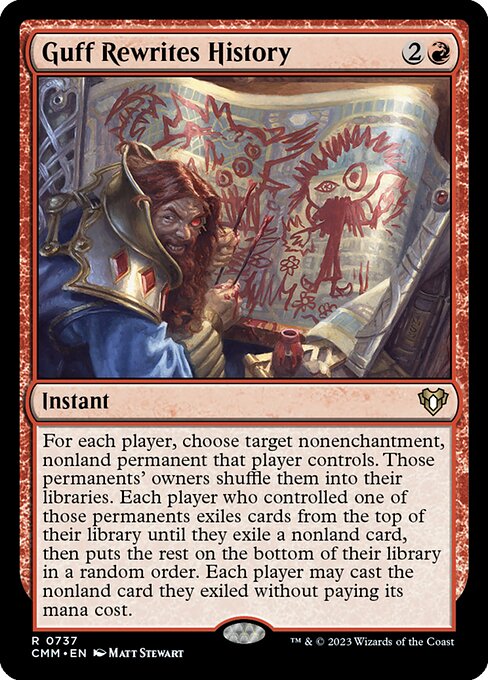
Guff Rewrites History
-
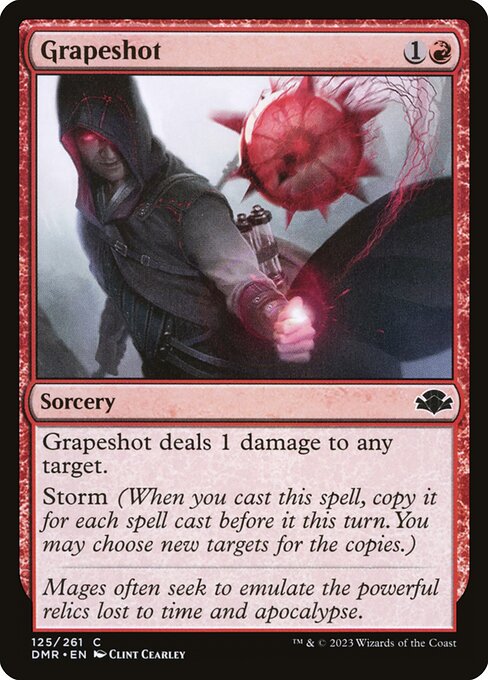
Grapeshot
-
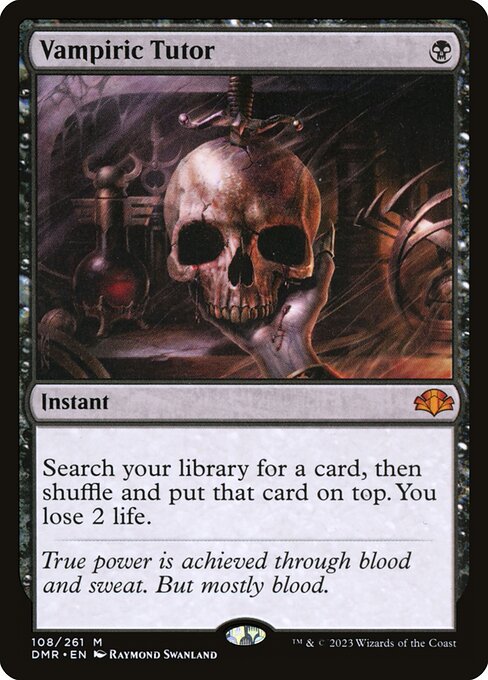
Vampiric Tutor
-

Force of Negation
-
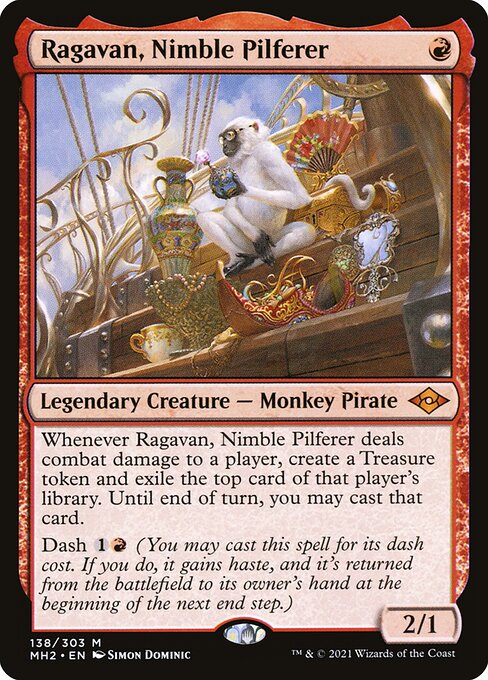
Ragavan, Nimble Pilferer
-
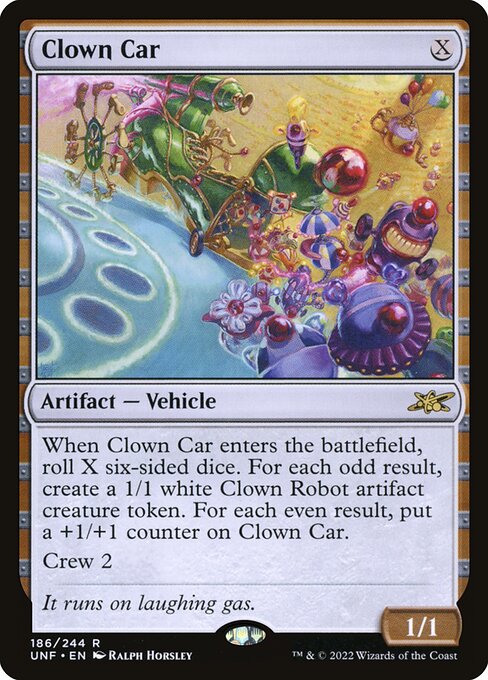
Clown Car
-
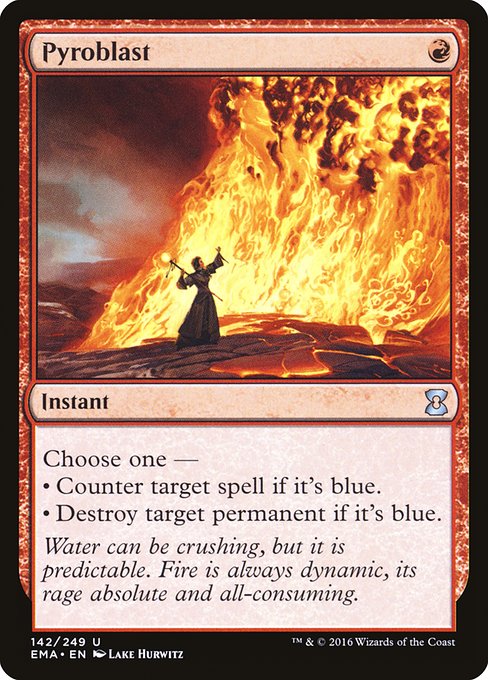
Pyroblast
-

Deflecting Swat
Gameplay Summary
The game begins with each player establishing their board state and setting up their synergy pieces.
Early plays include Yuriko deploying evasive ninjas and drawing cards through combat damage, Magda generating treasures and ramping mana, Tivit focusing on artifact synergy and disruption, and Sakashima leveraging clone effects and card draw from Kessig Wolf Run.
A critical early moment occurs when Yuriko successfully flips, dealing incremental damage to opponents and drawing cards, establishing a steady advantage.
Magda uses treasures to fuel aggressive attacks with Ragavan and other threats, applying pressure with multiple combat steps. Midgame sees a flurry of interactions, with the players trading countermagic and disruption spells, notably involving Vampiric Tutor and Force of Negation, shaping the pace of the game.
A key turning point happens when Guff Rewites History is cast, causing a board reset of non-land, non-enchantment permanents and allowing players to recast some of those cards for free, shaking up the board presence significantly.
Storm spells like Grapeshot come into play, generating lethal storm counts that threaten to end the game, but opponents respond with counters and redirection.
The game features heavy life loss from repeated Kessig Wolf Run probes, a risky but rewarding draw and discard mechanic that fuels card advantage at the cost of life. The game’s tempo swings wildly with multiple flips, counters, and storm spells, showcasing the high-speed, high-interaction nature of competitive EDH.
Players must balance aggression with disruption, managing resources carefully to avoid lethal combos from opponents while setting up their own win conditions.
The culmination revolves around leveraging artifact synergies, ninjutsu triggers, and storm counts to overwhelm opponents, with each player adapting their strategy dynamically to the evolving board state.






![Why Are Leonin So Swole? [cEDH Gamplay] KRARKASHIMA v TALION v SISAY v YURIKO thumbnail](https://i.ytimg.com/vi/DIjJVWIC_c4/sddefault.jpg)


![cEDH Fight Club [S2G13] TIVIT v MAGDA v YURIKO v KRARK|SILAS thumbnail](https://i.ytimg.com/vi/mcSfvafb0mU/sddefault.jpg)
![Interaction can really be a DRAIN [S1G13] cEDH LEAGUE FIRST SLIVER v ANIMAR v KRARKASHIMA v TIVIT thumbnail](https://i.ytimg.com/vi/Yc770YqKUx0/sddefault.jpg)

![Death by a thousand cuts! [S2G10] cEDH Gameplay - TIVIT v YURIKO v KRARK/SILAS v MALCOLM/VIAL thumbnail](https://i.ytimg.com/vi/RhRPRlgx5Fc/sddefault.jpg)
![Necropotence v One Ring: who needs life? [S2G2] TIVIT v NAJEELA v ROG/SI v KRARKASHIMA thumbnail](https://i.ytimg.com/vi/AbWVe3oZO5Q/sddefault.jpg)





![One fish, two fish, mental misstep that blue fish! [S2G15] YURIKO v KRARK|SILAS v NAJEELA v DEREVI thumbnail](https://i.ytimg.com/vi/LGosTIzwDOs/sddefault.jpg)
![When you wish upon a fish [S2G9] cEDH Gameplay - KINNAN v YURIKO v KRARK|SILAS v SAURON thumbnail](https://i.ytimg.com/vi/7t6kw9-wxOY/sddefault.jpg)

![Can the THINGS Defeat Multiple Tournament Champ Zeke from @TheFamilyJewelzMTG? [cEDH Gameplay] thumbnail](https://i.ytimg.com/vi/WywaZq5ORV4/sddefault.jpg)
![Krark & Sakashima vs Yuriko vs Dina vs Edgar [EDH/Commander, Magic The Gathering Gameplay 2022] thumbnail](https://i.ytimg.com/vi/1zJKNsziD2Y/sddefault.jpg)